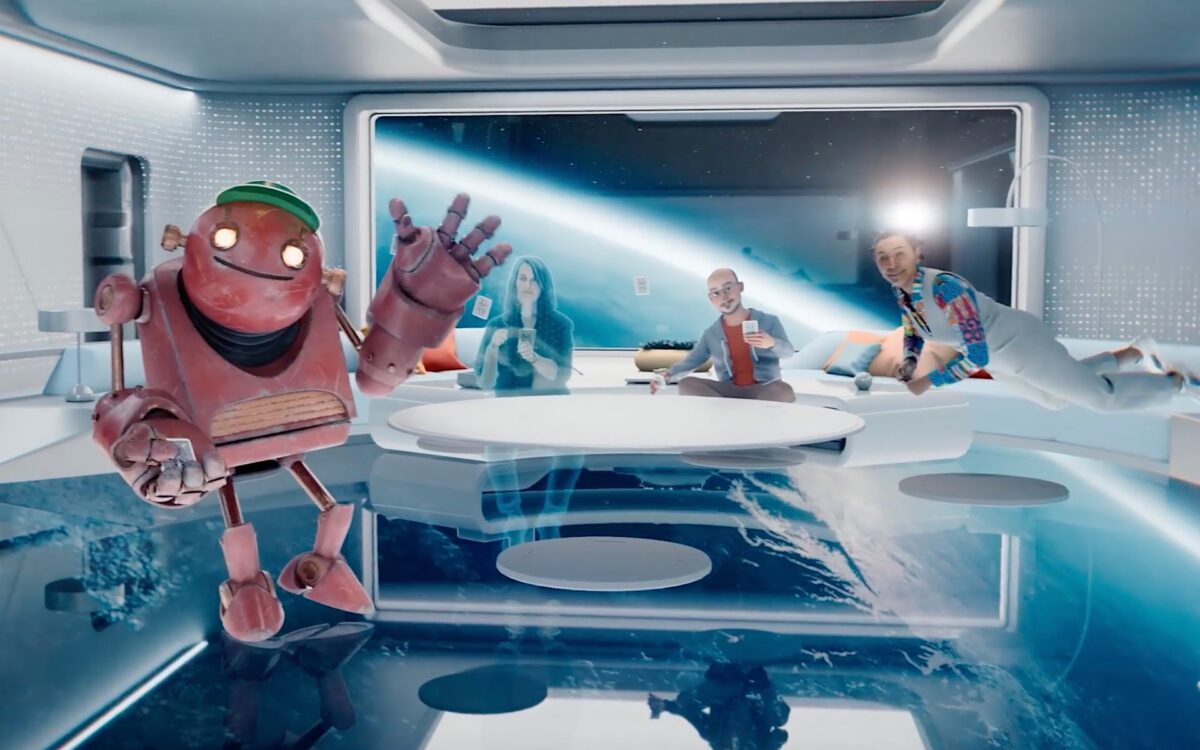What is the Metaverse? The three biggest misconceptions

Matthew Ball is a well-known metaverse theorist. In an interview, he names the three biggest misconceptions associated with the concept.
Matthew Ball spent two years in charge of strategy for Amazon Film Studios and was the producer of the cloud game Rival Peak. Today he is an investor, author and journalist. His articles appear in publications such as The New York Times, Bloomberg and The Economist.
In early 2019, Ball began writing about the concept of the Metaverse, based on his experiences with Fortnite and Roblox. He has received much praise for his articles from industry leaders such as Tim Sweeney and Mark Zuckerberg.
The latter says of the Metaverse theorist that anyone trying to learn about the Metaverse should read Ball's nine-part articles on the various aspects of the Metaverse. Zuckerberg even highly recommends it.
VR is not the metaverse
On July 19, Ball's 350-page book, titled "The Metaverse: And How it Will Revolutionize Everything"(Amazon link).
In an interview with tech magazine Protocol, Ball doesn't offer a definition of the Metaverse, but does address what he believes are the three biggest misconceptions people have about the Metaverse.
The first major misconception, according to Ball, is that the Metaverse is immersive virtual reality, i.e., a device like the Meta Quest 2.
He says that's wrong because the latter merely provides access to the Metaverse and is not the Metaverse itself. "It would be akin to saying the mobile internet is a smartphone," Ball says.
"In addition, we know that virtual reality headsets, at least as mainstream devices, are quite a ways off. They may ultimately become the best, most popular preferred way to access the metaverse. But they're not the metaverse. They're not a requirement."
Video games (alone) are also not the Metaverse
The second major misconception, according to Ball, is that the metaverse is synonymous with video games and virtual worlds.
"This makes sense, given the best examples of interconnected virtual worlds of extraordinary diversity are in Roblox and Minecraft. But it would be a lot like saying that the consumer-facing AOL portal is the internet, and reflective of the enormity of the internet's opportunity."
Ball sees the third and final major misconception as the belief that the metaverse will replace everything. That was already not the case with the smartphone, he said: although people now live in the mobile age, they still mainly use computers for work.
"We should think of the metaverse as perhaps changing the devices we use, the experiences, business models, protocols and behaviors that we enjoy online. But we'll keep using smartphones, keyboards," Ball says.
Probably in light of Zuckerberg's vision of immersive VR telephony, the Metaverse theorist opines. "We don't need to do all video conferences or all calls in 3D. It's supplements and complements, doesn't replace everything."
A longer list of all the things the Metaverse is not can be found on Ball's blog. The same article also has seven core features of the Metaverse, for those who want a positive description of the phenomenon.
Note: Links to online stores in articles can be so-called affiliate links. If you buy through this link, MIXED receives a commission from the provider. For you the price does not change.